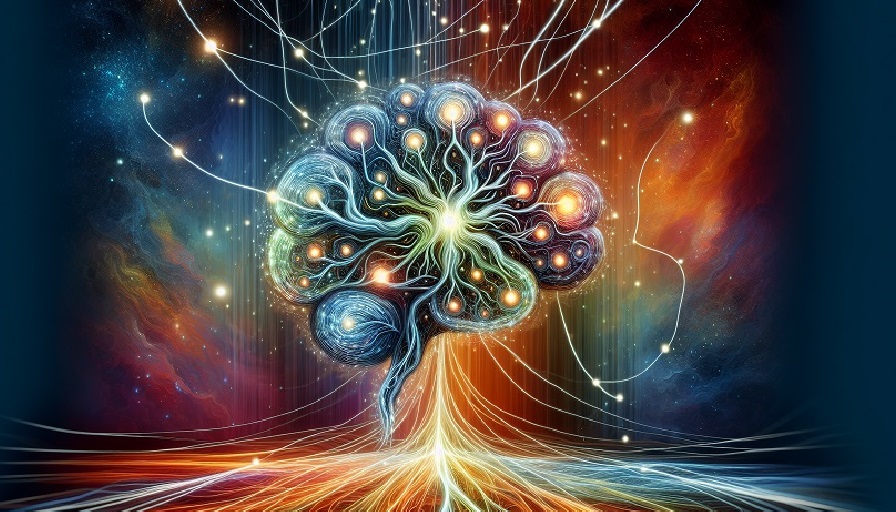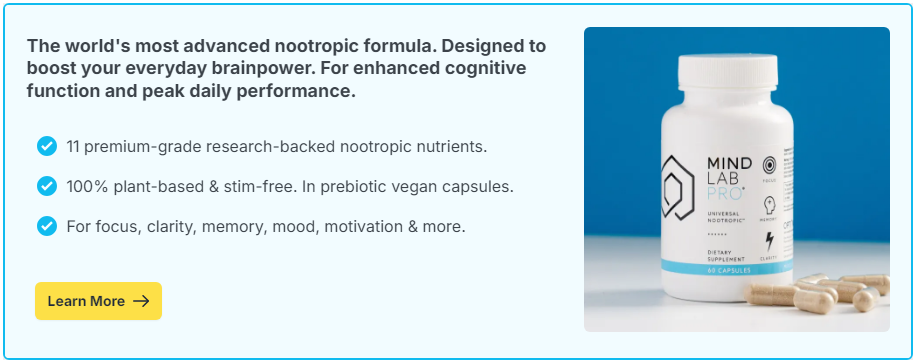
Yes, color-therapy light exposure may enhance creativity, though the effects are largely psychological rather than neurological. Research suggests that certain colors, such as blue and green, can influence mood and cognitive flexibility, which are linked to creative thinking. However, evidence for chromotherapy as a direct brain-enhancing tool is limited.
Contents
What Is Color Therapy?
Color therapy, or chromotherapy, is a holistic practice that uses exposure to specific colors of light to influence mood, energy, and well-being. Practitioners often associate each color with emotional or physiological effects, such as blue for calm, red for stimulation, or green for balance. While its roots trace back to ancient Egyptian, Indian, and Chinese traditions, modern versions are often marketed as wellness tools for mood and productivity.
The Psychology of Color
Psychologists have long studied how color influences perception and behavior. Although responses can vary based on culture and personal preference, some consistent findings exist:
- Blue: Linked to calmness, openness, and cognitive flexibility – qualities that may encourage creative problem-solving.
- Green: Associated with growth and balance, and may improve focus and idea generation.
- Red: Often heightens alertness and attention to detail, but may suppress free-flowing creativity by narrowing focus.
- Yellow: Stimulates optimism and playfulness, potentially sparking imagination.
Research on Color and Creativity
Several studies suggest that environmental color can influence creative performance:
- A 2009 study published in *Science* found that participants exposed to blue performed better on creative tasks, while red improved accuracy on detail-oriented tasks.
- Green has been shown to improve performance in brainstorming activities, possibly by signaling safety and growth.
- Lighting intensity and saturation may matter as much as hue – soft, diffuse lighting tends to support divergent thinking better than harsh, bright light.
While these findings support a link between color exposure and creativity, they do not confirm that chromotherapy devices uniquely enhance brain function.
Possible Mechanisms
Color may influence creativity through indirect pathways:
- Mood regulation: Pleasant colors can elevate mood, which fosters divergent thinking.
- Attention shift: Colors may bias attention toward broad or narrow focus, shaping problem-solving style.
- Symbolic meaning: Cultural associations with colors may prime the brain toward specific mental states.
Cultural and Spiritual Interpretations
In traditional systems, colors are linked to energy centers or chakras. For example, blue is associated with communication and expression, while yellow represents personal power and creativity. While these interpretations are symbolic, they illustrate how meaning and expectation can amplify perceived effects of color exposure.
Potential Benefits of Color-Therapy Light Exposure
- May reduce stress and improve emotional balance.
- Can create an environment more conducive to brainstorming or artistic work.
- Provides ritual structure that primes the brain for a creative mindset.
Limitations and Risks
Chromotherapy should be understood within its limits:
- Scientific evidence is modest and often inconsistent.
- Effects may depend on expectation and placebo responses.
- Colors alone cannot substitute for skill-building, practice, or lifestyle habits that support creativity.
How to Use Color for Creativity
- Experiment with environments: Try working in blue or green-lit spaces to encourage flexible thinking.
- Combine with creative rituals: Journaling, music, or meditation can amplify color-primed states.
- Use moderation: Overly intense lighting can cause eye strain or distraction.
Evidence-Based Alternatives for Boosting Creativity
- Mind-wandering: Allowing the brain to drift supports novel connections.
- Exercise: Physical activity enhances divergent thinking and problem-solving.
- Exposure to nature: Green environments reliably boost creativity and focus.
- Mindfulness practices: Reduce mental noise and free space for new ideas.
Color-therapy light exposure may enhance creativity by influencing mood, attention, and symbolic associations, but evidence is mostly indirect and psychological. While chromotherapy cannot directly rewire the brain, it can create supportive environments for idea generation. For lasting creative benefits, color exposure should be paired with evidence-based practices like exercise, mindfulness, and exposure to natural environments.

